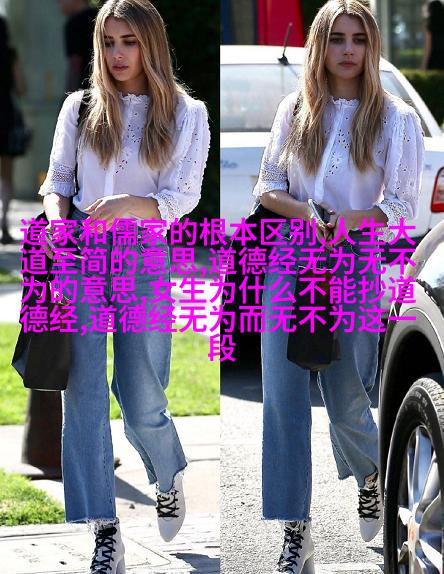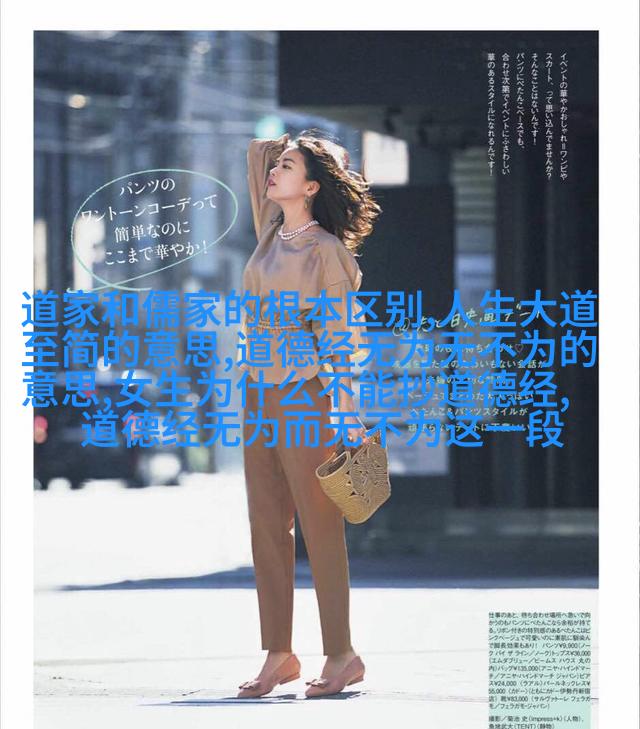狐丘,亦称狐刚子,是一位在东汉末年活跃的炼丹高手,其生卒年份和籍贯均未有详细记载。据陈国符先生考证,狐刚子可能与葛洪同时生活,他的著作《五金诀》中,将他誉为“最大之外丹黄白师”。赵匡华先生则认为狐刚子的真实身份是名丘,又被称为胡罡子或狐罡子。他不仅是一位杰出的化学家,更是中国古代炼丹术的代表人物之一。

他的著作虽然散失了很多,但仍留下了一些重要佚文,如《五金粉图诀》(又称《粉图经》、《粉图》、《五金诀》,或者《狐刚子万金诀》)、《出金矿图录》、《河车经》和《玄珠经》的残篇。此外,《通志·艺文略》还记载了他撰写的一部关于黄白术的书籍,即《金石还丹术》。
foxglove, also known as foxzhongzi, was a renowned alchemist of the late Eastern Han dynasty. His birth and death dates are unknown. According to Chen Guofu's research, foxzhongzi may have lived around the same time as Ge Hong, and his work "Wujin jue" refers to him as "the greatest external elixir yellow-white master." Zhao Guanghua suggests that foxzhongzi's true name might be Chou or Hu Gangzi.

As an outstanding chemist and alchemist, foxzhongzi left behind several important works such as "Wujin fuputu jue" (also known as "Fputu jing," "Fputu," or "Wujin jue"), which is sometimes called "Fox Zhongzi's Wanjin jue." Other notable works include "Chukuang kaolu lu," "Heche jing," and parts of other texts like the aforementioned ones.
Unfortunately, most of his writings were lost over time until some fragments survived in later books like the Tang Dynasty's Shendan jiushideng shenyang zhai jucei () and Huangbaoshuzhi (). These remnants reveal that he was not only a skilled practitioner but also an innovative thinker who made significant contributions to early Chinese chemistry.

Some of his discoveries include:
The method for extracting gold from quartz by heating it with saltpeter.
The use of sulfuric acid in refining silver.

A process for purifying mercury using lead oxide.
A technique for producing fine gold powder by mixing mercury with salt.

An early version of distillation technology used in ancient China.
These findings demonstrate that even though he lived during a time when scientific knowledge was limited compared to today's standards, foxzhongzi still managed to achieve remarkable breakthroughs through careful experimentation and observation.



